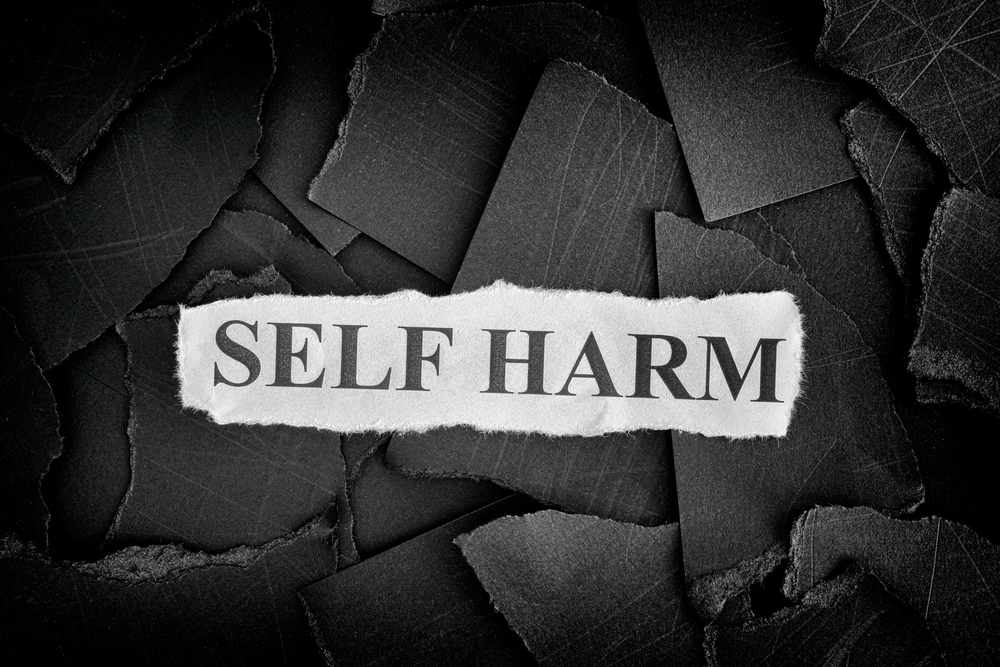One of the most challenging things about parenting a young adult is telling the difference between typical teen moodiness and a mental health concern. If your child has become increasingly isolated and secretive and prefers to spend long periods alone in their room, it could signify that something is wrong.
Teenagers who feel emotionally vulnerable or who have low self-esteem may turn to self-harm as an outlet for coping with the complex emotions associated with this turbulent time in their lives. Non-suicidal self-injury is a habit that frequently begins in young adulthood, and it’s more common than you might realize.
Why Do Teens Self-Harm?
You may have a hard time understanding why anyone would purposely injure themselves. Usually, distressed teens who self-harm do so because it brings them a sense of control and clarity. While the pain can provide a short-lived distraction from a child’s inner turmoil, the resulting guilt and shame may soon become a self-perpetuating cycle of negativity.
While there may be several underlying reasons for teen self-harm, it’s always a sign that your child needs professional help. If left unaddressed, self-harm that starts in the teen years can persist into adulthood, causing permanent scarring and an increased risk of accidental death.
There’s also a correlation between self-injury and other mental and behavioral health problems, including substance abuse. Since drugs and alcohol dull sensations and cause impulsive behavior, self-injuring while under the influence can be particularly dangerous.
Self-Injury Risk Factors
Having friends who self-harm is one of the most significant predictors that a teen will start deliberately injuring themselves. Adolescents who crave approval and want to fit in may be willing to go to great lengths to impress their peers.
Other factors that may make a young adult more susceptible to self-injury include environment, negative online influences and a family history of mental illness.
How to Spot Self-Harming Behavior
Behaviors like cutting, burning, repetitive skin picking or pulling out hair are signs of significant distress. The injuries from self-harm can be difficult to spot, since teens tend to make them in areas they can easily hide under their clothes. If your child wears long-sleeved shirts when it’s hot outside or refuses to expose their skin, these are red flags of self-injury. Other warning signs to look for include:
- Unexplainable bruises, cuts or scarring
- Multiple injuries in the same place on your child’s body
- Hiding lighters, razor blades or bloody bandages in their room
- Responding to conflicts and other difficulties by retreating to their room for long periods
What Can You Do to Help a Teenager Who Self-Injures?
If you notice evidence of self-harm, it’s time to schedule a psychological assessment to ensure your child receives the help they need. At The Forum, we offer comprehensive psychological tests for adolescents between the ages of 13 and 18 in the San Diego community. We can accurately diagnose your teenager with validated measures and multiple examinations. After this screening, we will provide the appropriate treatment.
You don’t have to worry about your teen’s mental health struggles alone. Contact us today to learn how our diagnostic tools can put your child on the path to healing.



